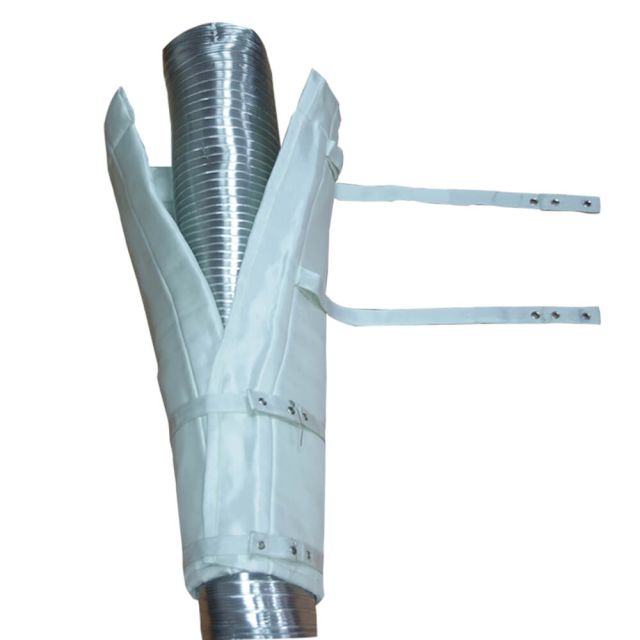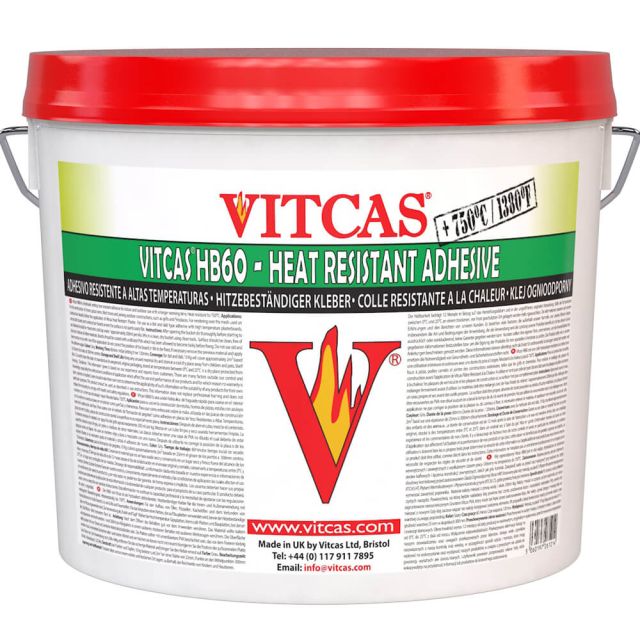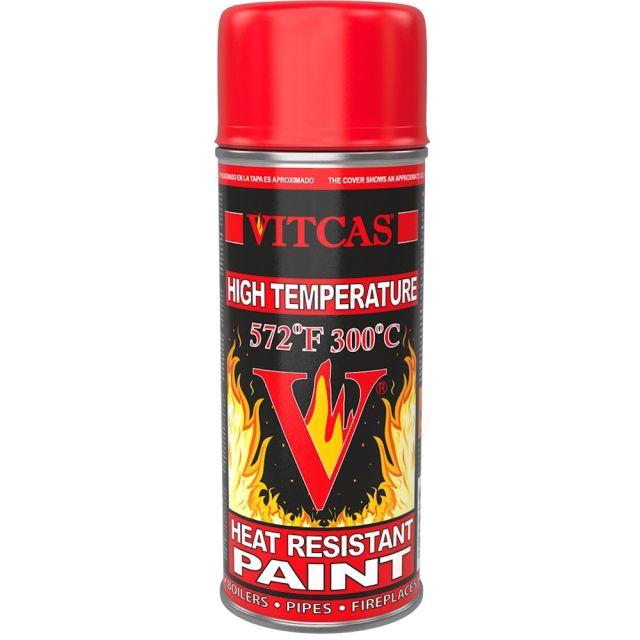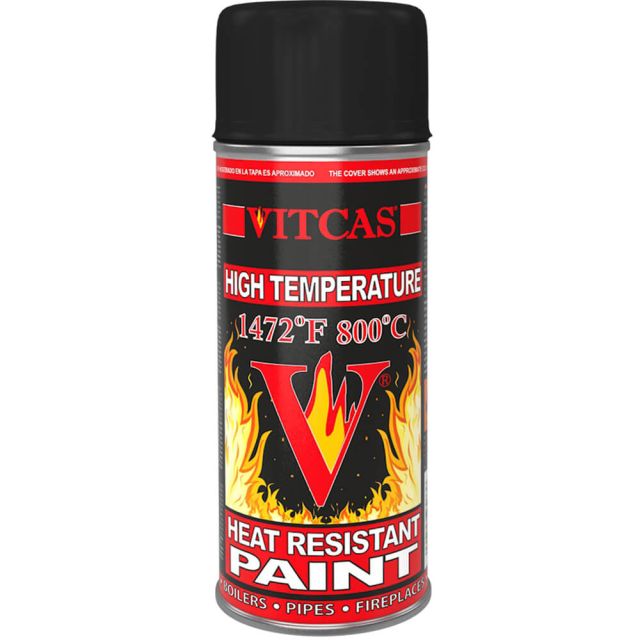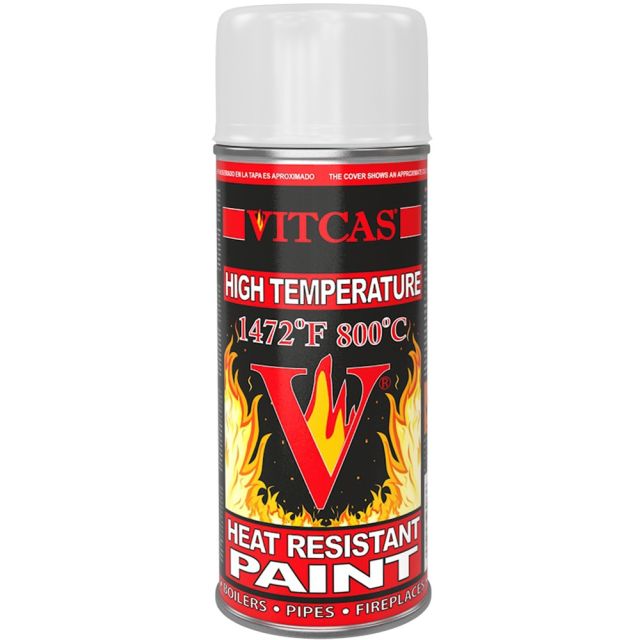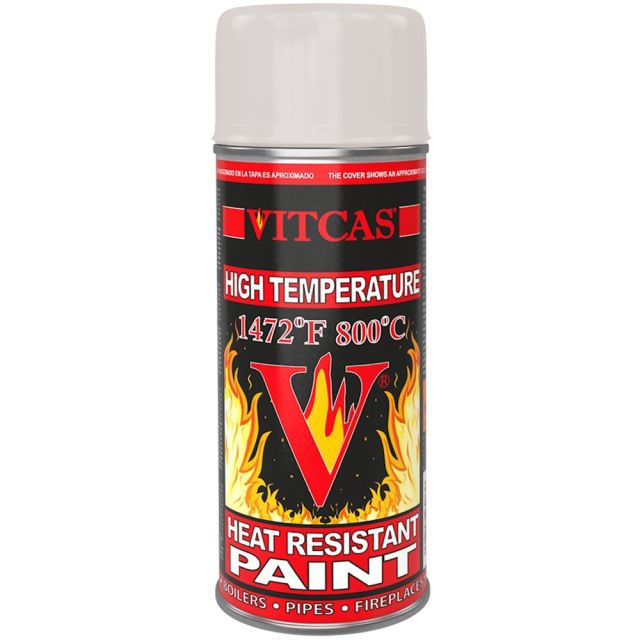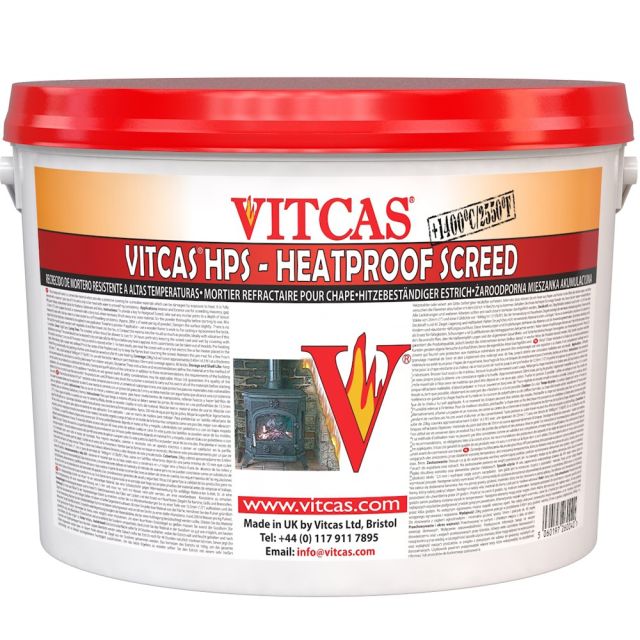Sauna
Thermal insulation and structural stability for sauna stoves - Heat-resistant solutions for safe construction
Saunas operate under extreme conditions-combining high temperatures with elevated humidity levels. For this reason, the use of refractory materials is critical in ensuring the longevity, safety, and energy efficiency of sauna structures, particularly in the construction of stoves, wall linings, floors, and insulation systems.
Applications of refractory materials in saunas
Refractory-grade materials serve several vital roles in sauna construction:
-
Sauna stove construction: The stove, as the primary heat source, must tolerate rapid heating and cooling cycles. Refractory materials used in stove fabrication must provide excellent thermal shock resistance and retain structural integrity under intense, direct heat.
-
Wall and floor linings: Sauna walls and floors require materials capable of withstanding prolonged thermal exposure and moisture without cracking or degrading. Refractory components ensure durability and user safety over time.
-
Thermal insulation: Effective refractory insulation prevents heat loss through the sauna envelope-walls, floor, and ceiling-thus improving energy efficiency and maintaining stable internal temperatures for optimal user experience.
Refractory material types for sauna applications
Several high-temperature materials are suitable for use in sauna environments:
-
Fire bricks, made from refractory clay, are used for constructing heat-exposed surfaces such as stove surrounds and flooring. They can withstand temperatures up to 1650°C and offer excellent thermal mass.
-
Ceramic fibre insulation is commonly used to insulate sauna walls and ceilings. Lightweight and highly heat-resistant, it provides efficient thermal containment at temperatures up to 1430°C.
-
Castable refractory cement is ideal for shaping and constructing custom sauna stoves. This material offers mouldability, mechanical strength, and resistance to temperatures up to 1650°C.
By selecting the right combination of these refractory materials, sauna builders can create long-lasting, energy-efficient, and safe thermal environments that meet the demands of regular high-temperature operation.
Refractory materials in saunas are used for:
-
Lining walls and floors exposed to direct heat
-
Enhancing energy efficiency and structural stability
-
Providing fire-safe surfaces in domestic and commercial sauna installations








